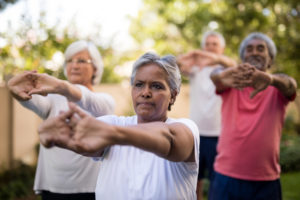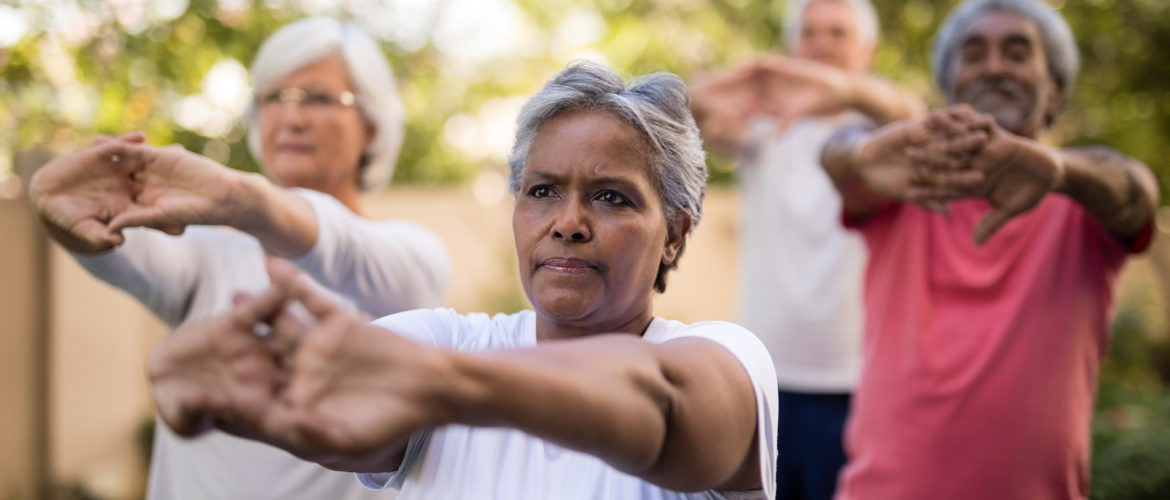 Do you want to feel better? And move better, too?
Do you want to feel better? And move better, too?
Of course you do – everyone does. It’s one of the biggest motivators for getting fit after 50 or staying fit later in life.
People start to complain their back hurts, or they feel stiff in the morning. But those who feel good and move well know that how you feel is inextricably linked to movement.
To feel better is to suffer fewer aches and pains. Less stiffness. It’s to have more ease walking, twisting, climbing, bending, getting out of the car – the everyday movements that make up your life. From there, its sports and playing with kids and all the other things you enjoy.
That’s where mobility comes in. Along with strength training and endurance, it’s a key part of healthy aging. But it often doesn’t get the attention it deserves until something starts to feel off.
It’s often confused with flexibility, which is the ability of a muscle to lengthen passively — like when you touch your toes or someone helps you stretch.
Mobility, on the other hand, is your ability to actively move a joint through its full range of motion with control. Think of raising your leg in front of you without leaning or using your hands.
As one trainer explains, “Flexibility is what someone can do to you. Mobility is what you can do for yourself.”
As we age, we naturally lose muscle mass and elasticity. We also tend to sit more and move less, which can lead to:
- Poor posture
- Joint stiffness and pain
- Loss of balance and coordination
- Higher fall risk
- Difficulty performing daily tasks
But the solution isn’t to slow down! It’s to move more and smarter. Exercise can reverse many of these declines and help us stay active, independent, and pain-free.
A Well-Rounded Approach
Improving your mobility doesn’t have to mean spending hours in the gym every day. These practices help improve mobility:
1. Strength Training
Strong muscles support your joints and improve how your body moves. Exercises like squats, lunges, and deadlifts build strength and stability, especially around the hips, knees, and back.
2. Stretching
Stretching helps release tight muscles and improve flexibility and range of motion.
- Dynamic stretching (like arm circles or leg swings) is great before workouts to warm up.
- Static stretching (holding a stretch for 30–60 seconds) is ideal after workouts to cool down and lengthen muscles.
3. Yoga and Pilates
Both are low-impact, adaptable, and powerful for improving balance, core strength, posture, and flexibility.
- Yoga involves flowing poses and deep breathing.
- Pilates focuses more on alignment and controlled movement.
Even one or two classes a week can help you feel looser, stronger, and more stable.
Improving mobility doesn’t require perfection — just intention. Two to three strength sessions per week, plus daily movement and stretching, can bring lasting results. The key is to start small, stay consistent, and build from there.
Because if you want to feel better, then you’ve got to move more. And we’re here to help you do just that.
Holly Kouvo is a personal trainer, functional aging specialist, senior fitness specialist, brain health trainer, writer, and speaker.

